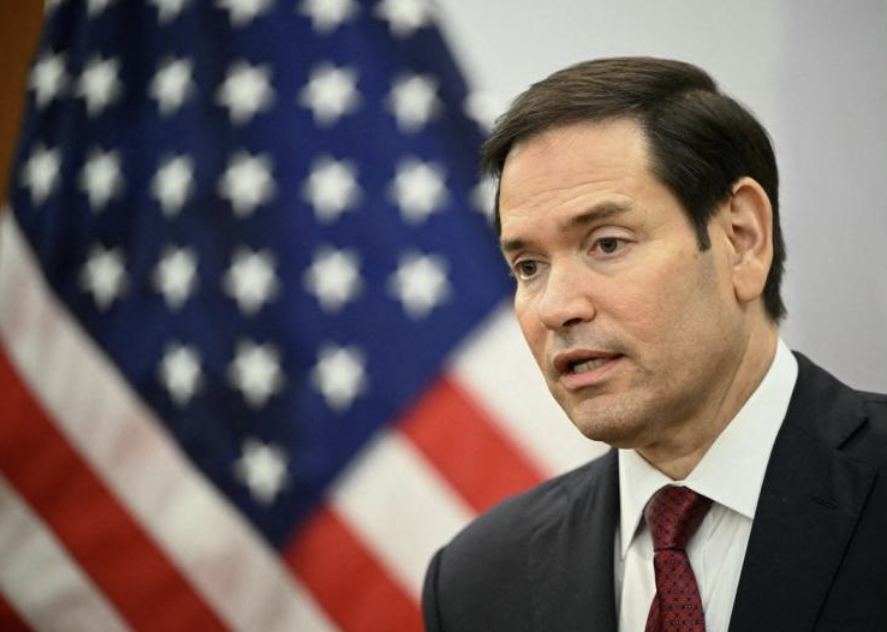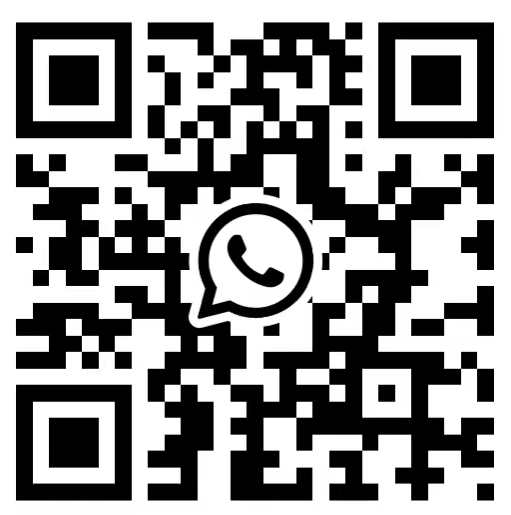 According to Lianhe Zaobao, US President Trump announced on social media on Thursday night (July 10) that a 35% tariff will be imposed on products imported from Canada from August 1. He also plans to impose a 15% or 20% tariff on most other trading partners. Reuters reported that Trump informed Canadian Prime Minister Carney in a letter released by Truth Social that the new tariff rate will take effect on August 1, and if Canada retaliates, the United States will raise tariffs. Earlier that day, Trump announced in an interview with NBC that Canada and the European Union would receive tariff letters before Friday (11th). He also revealed that he planned to impose a 15% or 20% tariff on other trading partners that had not yet received tariff letters. As of July 10, Trump had sent tariff letters to 22 countries, including Canada, and urged them to negotiate concessions as soon as possible and reach a trade agreement with the United States.
According to Lianhe Zaobao, US President Trump announced on social media on Thursday night (July 10) that a 35% tariff will be imposed on products imported from Canada from August 1. He also plans to impose a 15% or 20% tariff on most other trading partners. Reuters reported that Trump informed Canadian Prime Minister Carney in a letter released by Truth Social that the new tariff rate will take effect on August 1, and if Canada retaliates, the United States will raise tariffs. Earlier that day, Trump announced in an interview with NBC that Canada and the European Union would receive tariff letters before Friday (11th). He also revealed that he planned to impose a 15% or 20% tariff on other trading partners that had not yet received tariff letters. As of July 10, Trump had sent tariff letters to 22 countries, including Canada, and urged them to negotiate concessions as soon as possible and reach a trade agreement with the United States.
On the same day, US Secretary of State Rubio said that the tariff rates to be imposed on Asian countries may be "more favorable" than those in other parts of the world. Agence France-Presse reported that Rubio told the media at the ASEAN meeting in Kuala Lumpur, Malaysia on Thursday (July 10): "When everything is settled, the tariff rates of many Southeast Asian countries will actually be more favorable than the rest of the world." Rubio said: "But these negotiations are still ongoing. A new round of negotiations with Japan will be held next week. We are negotiating with almost all the participating countries here."
Trump announced on July 10: a 35% tariff will be imposed on Canada from August 1, and if Canada retaliates, it will be added; at the same time, it plans to impose a unified tariff of 15%-20% on most trading partners in the world. At the same time, US Secretary of State Rubio released a key signal at the ASEAN meeting: Asian countries may enjoy "more favorable tariffs" (details to be negotiated). Hanyue International recommends that shippers lock in Vietnam/Indonesia transit warehouses (estimated 15% tariff rate). When Canada struggles under the 35% tariff, shippers can take a position in the Asian preferential channel in advance and build a tariff firewall. If the shipper needs help, please contact customer service. Our company provides full assistance and full solution protection to help you make accurate decisions in the changing situation, minimize cost losses and operational risks, and defend the competitiveness of the supply chain.






